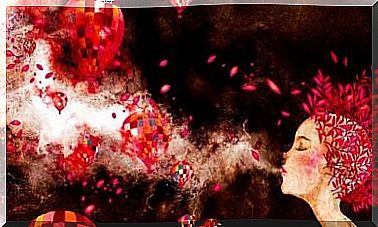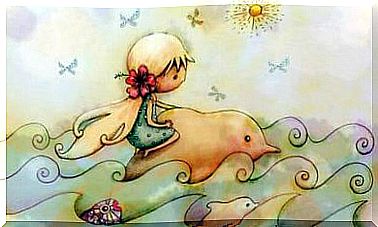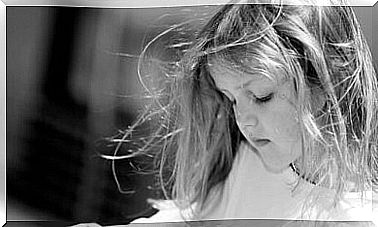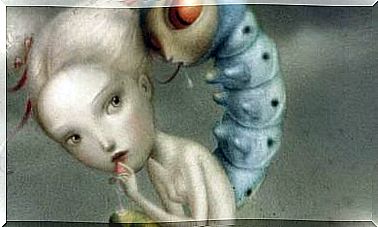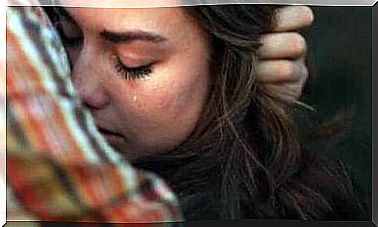The History Of Psychotherapy From Antiquity To Today

The history of psychotherapy has many interesting aspects, although this is a relatively new branch of psychology.
In fact, it did not even exist until the last quarter of a century of the 19th century, when people finally stopped believing that mental illness was caused by supernatural forces.
With that said , society is always interested in explaining human phenomena that have no clear biological cause.
If you want to trace the history of psychotherapy to its beginnings, you may want to look at tribal civilizations that spoke of the soul of all natural objects.
They believed in animism and they believed that people got sick because they were obsessed with a strange soul. Consequently, their cure was ceremonies to restore lost souls, exorcism, and confessions.
Later, in Greece and the ancient world, you will find the origins of modern psychotherapy and rational thought as well as philosophy and medicine. In this context, Aristotle described the different uses of the word “enchantment”.
It was a convincing word that caused a change in people.
The role of ancient philosophers in the history of psychotherapy
You can not talk about the history of psychotherapy without mentioning Hippocrates and Galen.
- Corpus hippocraticum is one of the most important milestones of modern medicine. Hippocrates linked diseases with the condition of the body and suggested four phenomena associated with temperament: blood, mucus, yellow bile and black bile.
- Galen further developed Hippocrates’ theories, distinguishing between the supernatural, the natural, and the unnatural.
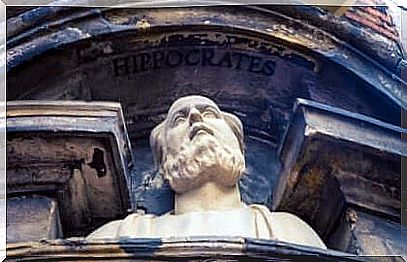
The history of psychotherapy from the Middle Ages onwards
During the Middle Ages, the Church considered mental illness to be a product of the will of the devil. Confession was the way to healing.
Later, during the Enlightenment, authors such as Pinel introduced the idea of moral treatment of mental illness. The concept of humanizing patients and adopting an optimistic view of the disease became more popular.
As we mentioned above , psychotherapy originated in the 19th century. Cobbe uses the term “psychotherapist” in an article in which he defends the role of faith in healing.
During this stage, the crucial element was to isolate diseases that did not involve physical harm.
On the other hand, people refined the hypnosis technique and saw it as an acceptable procedure; and not only acceptable, but the accepted choice of treatment.
People who followed this theory called themselves “fluidists” and their opponents were “animists”.
The Marquis de Puységur was an animist and used hypnosis as a kind of artificial sleep that made it possible for patients to recall memories that they would not otherwise be able to remember.
Nancy School
Later, Braid coined the term hypnosis and defined it as a nervous sleep. Thanks to these advances and the work of Liebault and Bernheim, Nancy School was born.
They abandoned hypnosis in favor of helping the patient reach the same state while he or she is awake. That’s when people started using the term “psychotherapy”.
In 1895, a Vienna-based neurologist named Sigmund Freud published Studies in Hysteria together with the physician Josef Breuer.
In their work, they describe the cathartic method, which they developed and applied to a patient named Ana O.
Later, they developed free association, which is probably the method you think of when you think of psychotherapy: the patient lying on a couch and talking to the therapist about some aspect of his life.
Recent psychotherapy
After the psychoanalysis, a number of alternative therapeutic methods emerged on the scene. Carl Rogers developed one that was more person-centered. Later, behaviorism offered a different perspective on psychological disorders.
It was not until the 60s and 70s, however, that authors such as Skinner and Wolpe laid the foundation for behavioral therapy.
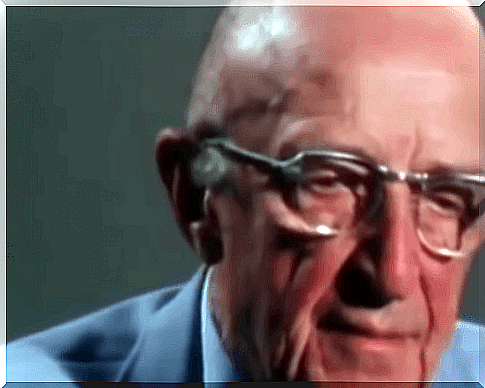
Other models such as Maslow’s humanistic psychology and his hierarchy of needs as well as the systemic model also emerged around this time. Therapists often used these special theories during family therapy.
Learning-based behavioral theories also gave rise to cognitive models developed by Beck, Ellis, Mahoney and Meichembaum.
Finally, in the 90’s, third generation therapies (or contextual therapies) became popular. They proposed a return to radical behaviorism, with the cognitive side in mind, but without trying to change its content as the rationalists.
Instead, the goal is to change the relationship that the patient has to the content.
Since it is impossible to determine meaningful differences between different therapeutic methods and theories, some believe that you must consider them all as equal.
This guess is called The Dodo Bird Verdict and is somewhat controversial among psychotherapists. However, there is no doubt that some form of psychotherapy is more effective than no treatment at all.

